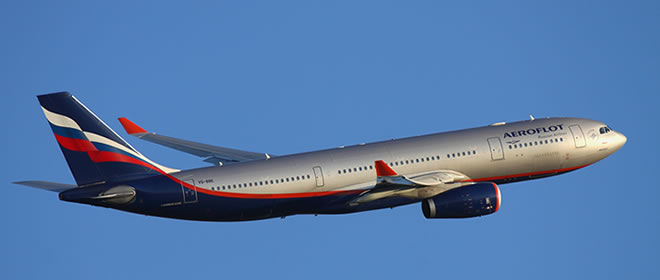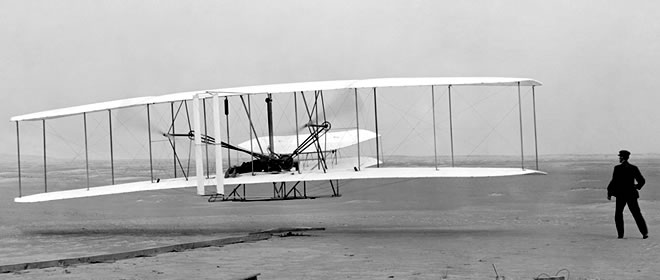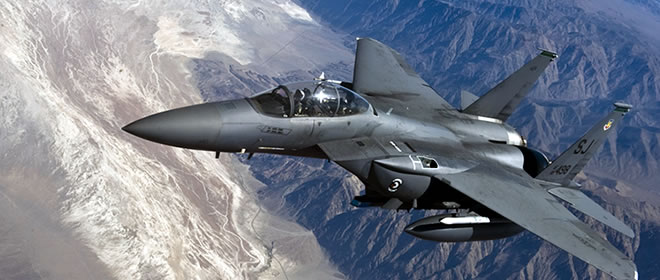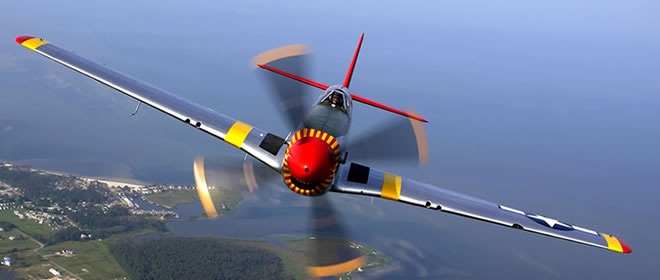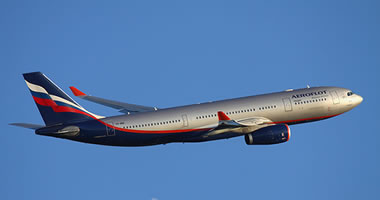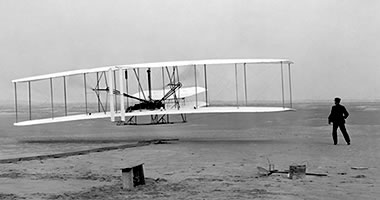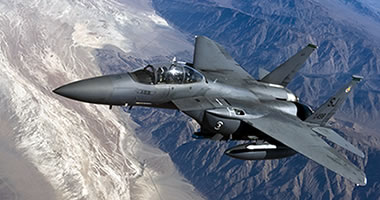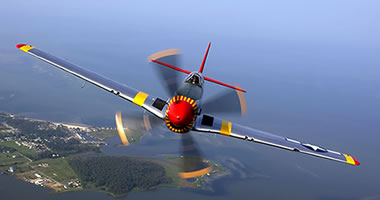Cottesmore
COTTESMORE: Military aerodrome
Note: This picture was obtained from Google Earth.
Military users: Pre 1940 & WW2: RAF Bomber & Training Commands
No.1, No.2, No.5 and No.6 Groups
106 Sqdn (Handley Page Hampdens)
185 Sqdn (Handley Page Herefords)
207 Squadron (Fairey Battles)
14 OTU [Operational Training Unit] (Handley Page Hampdens),
No 2 & 34 Heavy Glider Maintenance Units
1943: 9th USAAF Troop Carrier Command:
50th & 52nd TCW 316 & 434 TCG
1944: 9th USAAF Troop Carrier Command
Pathfinder School 52nd TCW (Troop Carrier Wing) 316th TCG (Troop Carrier Group)
36th, 37th, 44th , 45th, 75th & 77th Sqdns (Douglas C.47 Skytrains & Douglas C.53 Skytroopers)
1945: Royal Air Force 7 and 91 Groups
1668 HCU [Heavy Conversion Unit]
16 OTU
1947: RAF 21 Group
Flying Training Command
16 OTU becoming 204 AFS
7 FTS [Flight Training School] (Boulton Paul Balliol T.2s)
Note: It appears that 7 FTS was the only FTS in the RAF equipped with the Balliol.
1954: RAF Bomber Command 3 Group
15, 44 & 55 (Rhodesia), 57 and 149 Squadrons
(15 Sqdn were flying English Electric Canberras)
1958: RAF ‘V-bomber’ base
10 & 15 Squadrons (Handley Page Victors)
232 OCU
1964: RAF ‘V-bomber’ Avro Vulcan base
IX(B), 12 & 35 Squadrons
1969: RAF
98 Sqdn (English Electric Canberras)
115 and 360 Sqdns (Avro Andovers)
231 OCU (Operational Conversion Unit)
1975: RAF
98 Sqdn (Canberras) & ? Sqdn (Armstrong-Whitworth AW-660 Argosy)
1978: RAF Conversion to TTTE (Tri-National Tornado Training Establishment)
1980: Arrival (1st July) of the first two Tornados….GR.1 versions
1981: January 29th. Official opening ceremony of the TTTE
1985: Became the first four nation establishment training Tornado crews for the British, German, Italian and Saudi Arabian Air Forces
1997: Short tenure by 45R Squadron from Cranwell with Jetstream T.1s and creation of a joint RAF-RN Harrier base
1999: Closure of the TTTE. The German Air Force departed on 31st March and the Italian Air Force and RAF on the 28th April
2000: Creation (1st April) of Joint Force Harrier
USAF users: 316th TCG, 940th ARG
2001: RAF Strike Command?
2004: RAF (Harriers)
NOTES: An impressive list I hope you will agree to typically illustrate the life of a busy RAF aerodrome but I will bet it is far from being all inclusive. This RAF aerodrome is one of very few that I’ve tried to describe in some detail, firstly because it is situated in the near centre of England and secondly it seems fitting for the smallest County on the UK mainland.
Location: N of the B668, 2.5nm E of the A1, 5nm NNE of Oakham
Period of operation: 1938 to 2010 (Inactive during 1976 to 1978)
Runways: Originally: Grass airfield
1944: 05/23 1828x46 hard 10/28 1463x46 hard
01/19 1371x46 hard
2000: 05/23 2744x46 hard
2001: A 390x46 hard ‘STOL’ strip appears in one flight guide at the W end of the old 10/28 runway
NOTES: 30th May 1942. Thirty Hampden bombers of 14 OTU started taking off at 22.43 hours to take part in Operation ‘Millenium’ the first 1000 bomber raid on Cologne in Germany. Using Hampdens in such a raid is probably the equivalent of attacking a charging rhino with a pea-shooter but they did it, and three aircraft were lost. One colliding with a Halifax of 78 Squadron over Cambridgeshire. They repeated the exercise the following night, (1st June), with twenty seven Hampdens but Essen was the target. On the 24th June 24 Hampdens took off for a third ‘1000’ bomber raid, this time to Bremen.
Thirty 14 OTU Hampdens took part in yet another ‘1000’ bomber raid on 31st July with Düsseldorf being the target. These raids were carried out by incredibly brave aircrews as it was just as likely they could lose their lives in mid-air collisions or being hit by ‘friendly’ falling bombs from higher flying bombers as opposed to enemy action
A USAAF STATION
In 1943, (16th October), COTTESMORE became USAAF Station 489 closing 1st July 1945.
On the 5th June 1944 D-Day operations began. The 316th TCG were airborne before midnight, (on the 4th), with 72 aircraft towing gliders on Operation ‘Neptune’, the airborne part of Operation ‘Overlord’ carrying the 82nd Airborne Division. The organisation of the D-Day operations was really quite incredible and I would really recommend anybody to ‘read up’ on the subject. Leading the airborne force were two TCS sections froCOTTESMORE. Many more glider towing airborne assaults took place after with mixed results but some excellent for that time.
COTTESMORE was also involved in the ill-fated Operation Market, the attempt to secure the road bridge at Arnhem in The Netherlands in 1944.
VALIANTS AT COTTESMORE
March 1958 saw COTTESMORE become a temporary ‘V-bomber’ base with Vickers Valiants from 90 and 199 Squadrons from HONINGTON whilst that base was being refurbished. On the 9th April COTTESMORE became a ‘V-bomber’ base in it’s own right when the Handley Page Victor B.1 XA935 arrived for 10 Squadron the first to be equipped with eight examples of this new aircraft type.
On 21st March 1959 Group Captain Johnson broke the ‘point-to-point’ record in Victor XH594 reaching Cyprus in 3 hours 46 minutes.
The ‘V-bomber’ era at COTTESMORE ended on 19th March 1969 in thick freezing fog as four Avro Vulcans departed to form the NEAF (Near East Air Force) Bomber Wing.
A SILVER JUBILEE
In May 1974 the Silver Jubilee of the Canberra in RAF service was held here, (Cottesmore was known as the ‘home’ of the Canberra), with 33 examples of the type attending in twelve variants including the prototype VN799 from Warton. In July 2000 the Royal International Air Tattoo, (held for many years at prevoiusly at Fairford and other places earlier on of course), was transferred here whilst Fairford was being refurbished. 351 aircraft representing 49 air arms from 30 nations attended.
ANOTHER INTERESTING EPISODE
The exact dates seem uncertain, but in the early 2000s Royal Jordanian Air Force engineers reassembled four Scottish Aviation Bulldogs donated by the Royal Jordanian family to the British Disabled Flying Club here. They were, it seems, delivered by two RJAF Lockheed C.130 Hercules.
We'd love to hear from you, so please scroll down to leave a comment!
Leave a comment ...
Copyright (c) UK Airfield Guide
